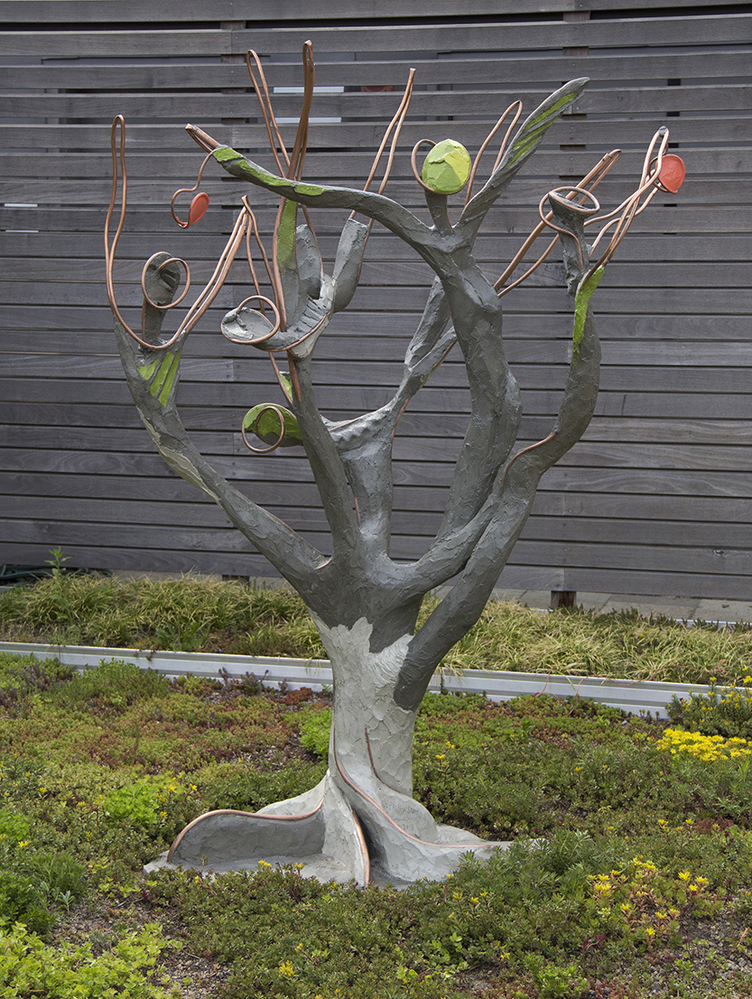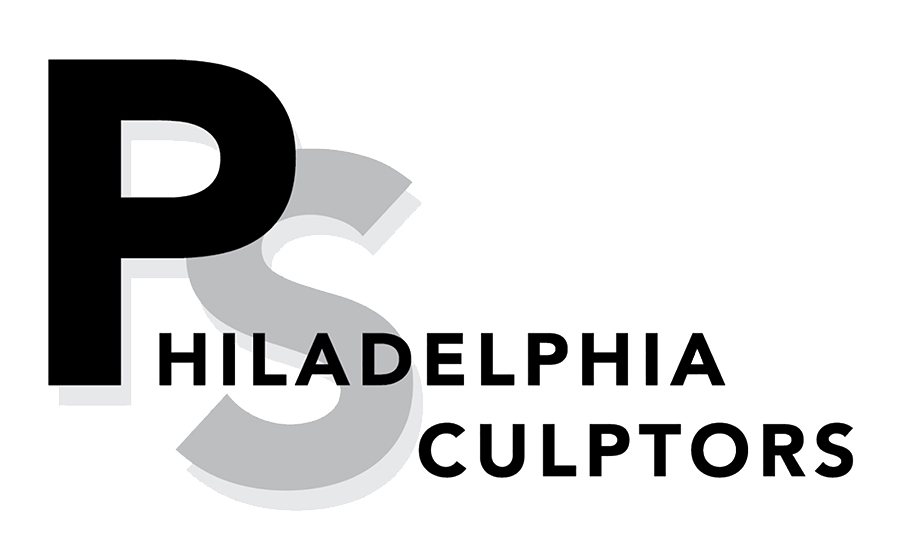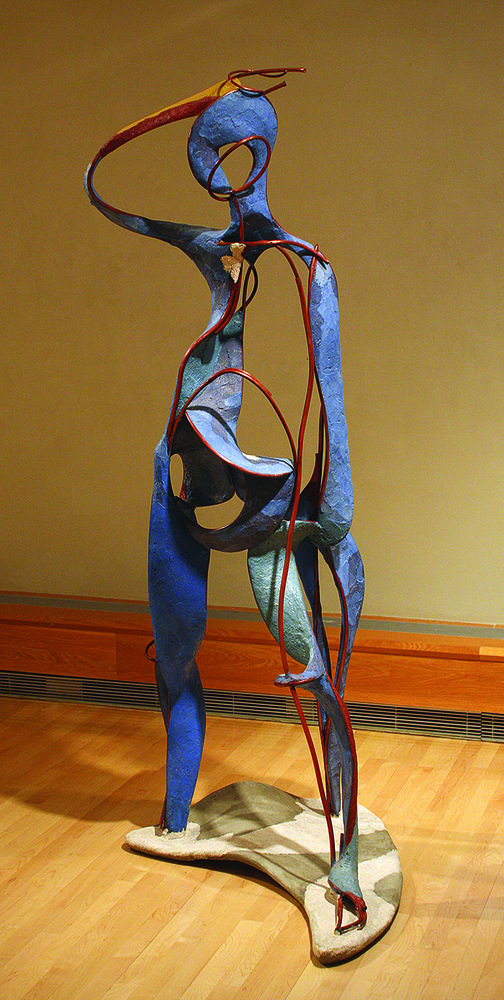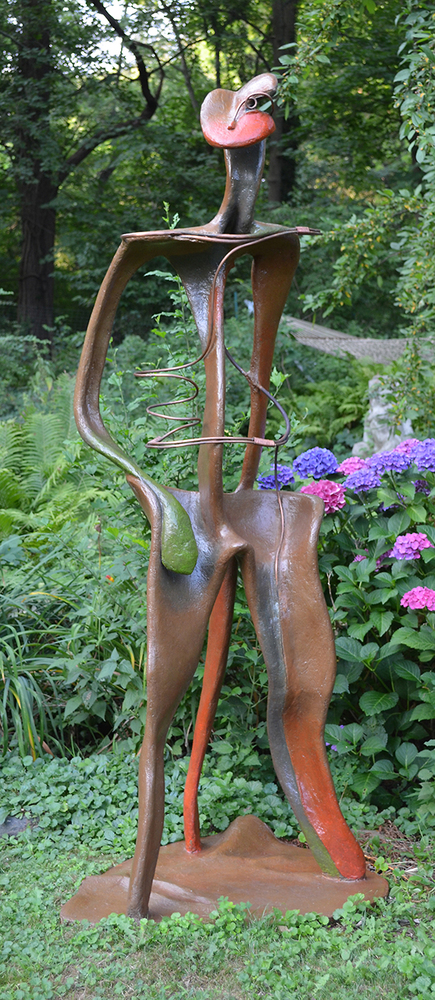Phillip Stern





My approach to sculpture is intuitive and organic. I begin by unfurling coils of flexible copper tubing to articulate the contours of simple human figures in open space. I then construct surfaces between the contours using reinforced cement. Sometimes I embed other materials like found wood or stone, and brightly glaze across these surfaces. I welcome the delightfully unpredictable outcomes that arise when combining such dissonant materials.
I have recently become interested in natural artifacts that show signs of fracture or deterioration. Cracks, holes created by other organisms, erosion, discoloration: these attributes are the basis of an existential conversation between the figure and its environment.
There is always a human likeness in my work. But observation yields to abstraction and speculative anatomies. In the process of composing the figures, I look for substitutions—for instance, allowing a marine shell to stand-in for a human ear. Some figures have characteristics of human and other animals or plants.
The hypothesis that drives my investigations is this: if we reconstruct our sense of who we are—maybe not quite so exceptional or distinct—borrowing from other entities, we can develop a sense of purpose that is both richer and more compassionate towards the world around us.




